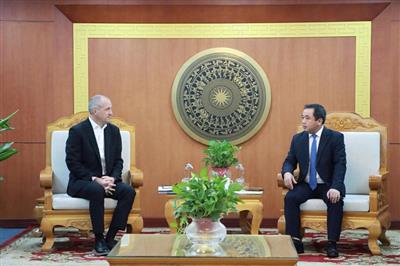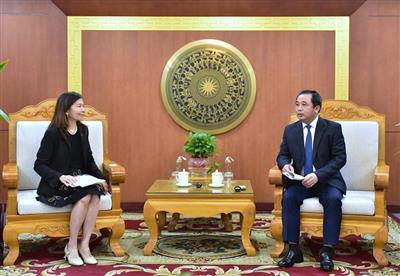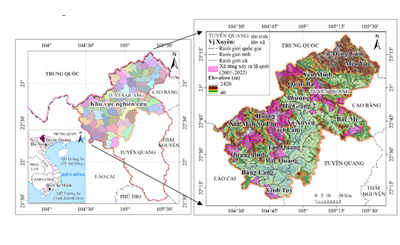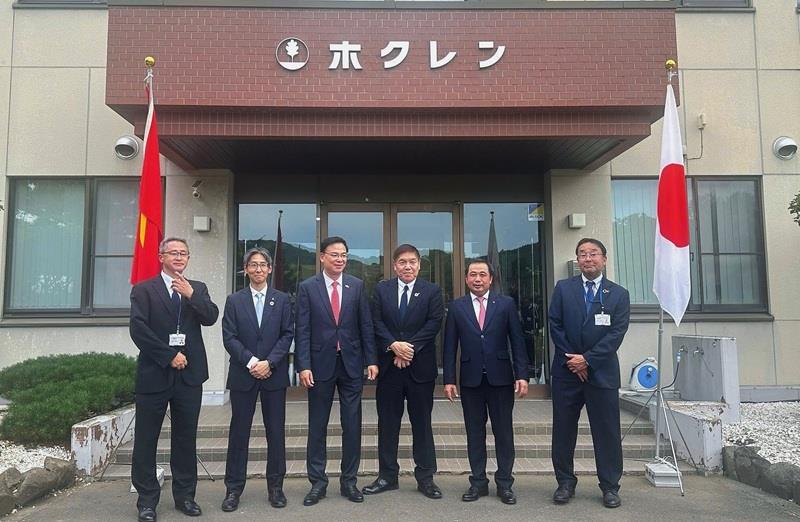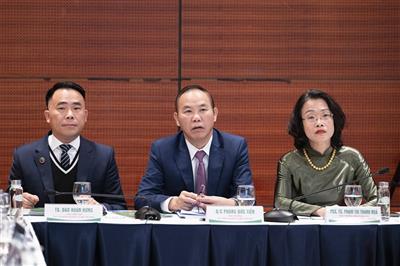
Vietnam-France cooperation in green transition: From strategic vision to concrete action
11/06/2025TN&MTAmid the global climate crisis and mounting geopolitical uncertainties, Vietnam is taking a proactive stance in shaping its future by restructuring its growth model around science, technology, and sustainability—an approach aligned with its pledge to achieve Net-Zero emissions by 2050. Prime Minister Pham Minh Chinh’s official visit to France from June 7-11, 2024, marked a new chapter in the Vietnam-France Strategic Partnership, particularly in the areas of sustainable agriculture, environmental protection, and energy transition.
As traditional development models are increasingly undermined by climate disruptions, global economic instability, and geopolitical volatility, Vietnam is emerging as a country that seeks to chart its own course. The commitment to Net-Zero emissions by 2050 is not merely a symbolic gesture of global responsibility—it also imposes a critical imperative to restructure growth around scientific and technological advancement. Responding to that imperative, Prime Minister Pham Minh Chinh’s visit to the French Republic laid the groundwork for deeper, results-oriented cooperation, especially in green sectors such as clean energy, sustainable farming, and strategic mineral development for renewable industries.
In this process, Vietnam’s Ministry of Agriculture and Environment has risen as a key institutional player—not only in terms of technical capacity, but also as a central coordinating hub for intergovernmental frameworks, multilateral partnerships, and resource mobilization. The memoranda of understanding and cooperation agreements signed during the visit—witnessed by both heads of government—have effectively transformed diplomatic goodwill into actionable frameworks, turning shared strategic vision into institutionalized, guided implementation.
Energy transition: A strategic convergence between Vietnam and France
Energy transition has become a defining pillar of 21st-century development policy. For Vietnam, this is more than a means to achieve carbon neutrality; it is a national strategy to build internal resilience, modernize the economy, and promote social equity. In this transformative process, international cooperation—particularly with science- and technology-driven partners like France—serves as a critical catalyst.
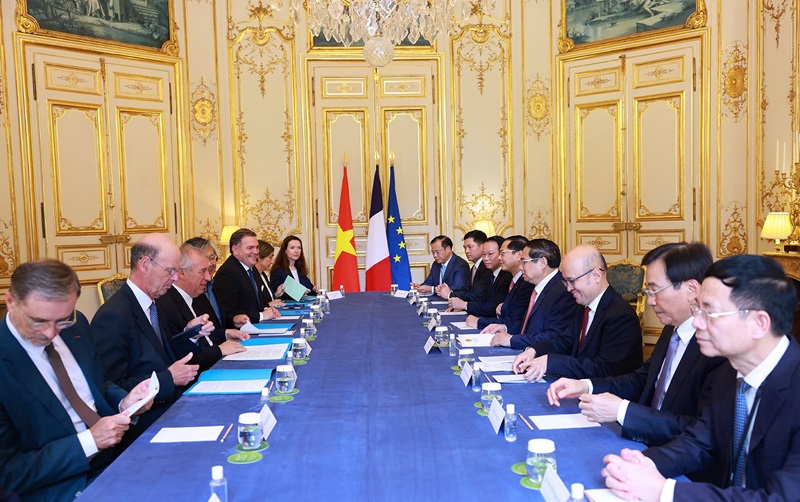
During high-level talks with French Prime Minister François Bayrou on June 10, Prime Minister Pham Minh Chinh underscored Vietnam’s commitment to enhancing its Strategic Partnership with France by deepening cooperation in core areas such as energy transition, high technology, sustainable agriculture, and circular economy. The two sides emphasized a shared development vision grounded in innovation and centered on human welfare, with resource governance—especially of strategic minerals for renewable energy—positioned as a linchpin of energy security and climate resilience.
At the Vietnam–France Business Forum held in Paris on June 11, Prime Minister Chinh highlighted Vietnam’s social and environmental achievements, such as reducing the poverty rate to below 2.93%, achieving 93.35% health insurance coverage, maintaining over 42% forest cover, and ensuring 100% urban access to clean water. He called on Vietnamese and French enterprises to expand cooperation in renewable energy, green agriculture, and environmental technologies. According to the Prime Minister, energy transition is not just an environmental mandate—it is a strategic foundation for inclusive, sustainable, and sovereign development.
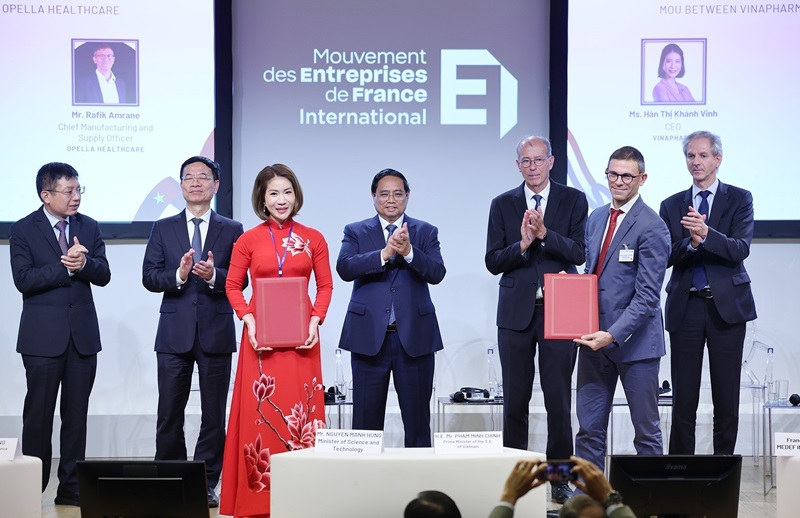
He further emphasized the government’s role in enabling investment through institutional innovation, infrastructure expansion, and regulatory facilitation. The Prime Minister advocated a “triple-helix” model of collaboration—linking government, enterprise, and research institutions—as a more effective governance framework in times of resource constraints. Several MOUs signed at the forum—covering hydrogen development, marine fuel cell technology, chip production, and digital transformation—testify to the political will to translate commitments into tangible progress.
Under Prime Minister Pham Minh Chinh’s leadership, energy transition in Vietnam is being approached as part of an integrated ecosystem that links agriculture and environmental development. Rather than focusing solely on renewable power generation, the government is fostering cross-sectoral models that span resource exploration, mineral planning, post-extraction ecological restoration, green workforce development, and investment in circular technologies. This integrated approach, reflected in recent international forums, positions ecological agriculture, circular economy, and resource management as the “three policy pillars” of Vietnam’s green transition.
In this matrix, the Ministry of Agriculture and Environment serves not only as a policy node, but as a technical hub and strategic partner in implementing national and regional green initiatives.
Vietnam views energy transition not as a narrow substitution of fuel types, but as a comprehensive reconfiguration of its development paradigm—one that converges technology, green finance, human capital, and institutional reform. This vision aligns with the capabilities France offers in science, advanced technologies, and strategic investment. The Ministry’s operational outlook mirrors this philosophy: renewable energy is not treated as a silo, but as a link in a broader resource–environment–green economy value chain.
Trilateral cooperation: A new model for green governance
A standout feature of the visit was the trilateral agreement signed between Vietnam’s Department of Geology and Minerals (under the Ministry of Agriculture and Environment), France’s Bureau of Geological and Mining Research (BRGM), and the French Development Agency (AFD). This transition from traditional bilateralism to a tripartite model represents a strategic shift—one where government, science, and international development converge to jointly address global challenges such as resource security and climate change.
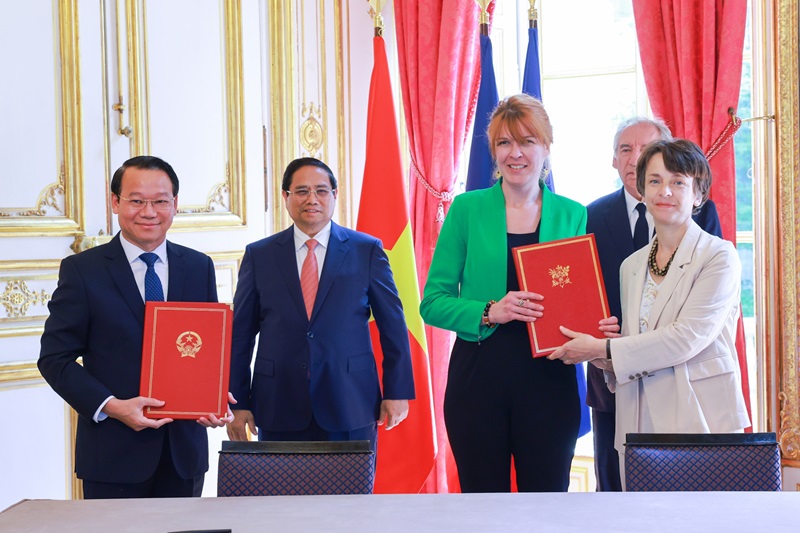
The agreement extends beyond technical exchange and training. It outlines a comprehensive agenda that includes the creation of a sustainable mineral exploration database, enhancement of geological forecasting capabilities, and implementation of specialized studies to support renewable energy development. The Ministry plays a central role in directing this agenda, ensuring that resource protection is embedded within the national green growth strategy.
AFD’s involvement—a development agency with deep experience in energy transition—adds significant depth to this cooperation. The trilateral model opens pathways for knowledge-based, technology-driven, and finance-backed green investments, particularly in critical minerals such as rare earths and lithium. This approach expands Vietnam’s policy space while maintaining environmental compliance, transparency, and long-term sustainability.
Redefining the role of the resource–environment sector in green growth
As Vietnam accelerates its 2021–2030 Socio-Economic Development Strategy, the resource and environment sector must be repositioned as a core driver of green growth. No longer a support function, the sector is now central to policies on energy security, environmental protection, climate adaptation, and sustainable development. Strategic partnerships with technologically advanced nations like France facilitate the transition from extractive models to smart governance based on data, innovation, and scientific methods.
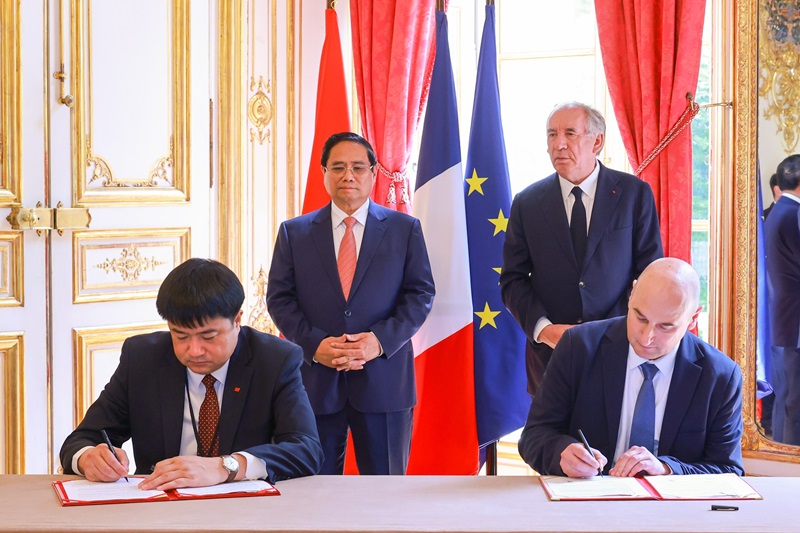
The Ministry is currently advancing the “scientification of resource management” through the creation of a national geological–mineral database, integrated with land, forest, and water information systems. Its role extends beyond policy formation to include driving innovation—from advanced geological surveying and AI-based environmental forecasting to spatial planning rooted in ecological–economic models.
The trilateral cooperation model can be scaled across other domains such as water governance, biodiversity conservation, and circular economy development. Vietnam must also leverage global funding mechanisms—such as the Green Climate Fund (GCF), the Just Energy Transition Partnership (JETP), and other green finance tools—to boost implementation capacity. As a result, the resource–environment sector should be institutionally repositioned from the local to the national level as a foundational force for new development pathways.
From vision to execution: A model for global engagement
Prime Minister Pham Minh Chinh’s visit has catalyzed a fundamental shift—from political commitments on sustainable development and green transition to structured programs, institutional cooperation, and executable strategies. Across business forums, diplomatic meetings, and high-level agreement signings, the Vietnamese government’s message has remained clear: green development is not optional—it is the only viable path toward fast, fair, and self-reliant growth.
With government leadership and the Ministry of Agriculture and Environment serving as the principal coordinator, Vietnam’s trilateral initiatives, energy transition efforts, and resource governance reforms are already generating systemic momentum. Vietnam is no longer merely a “beneficiary” in global climate frameworks—it is increasingly becoming a co-designer and co-implementer, helping shape regional and international standards for green development.
From strategic vision to real-world implementation—from national policies to local initiatives—Vietnam’s green transition is becoming a living reality: systematic, scalable, and sustained by strong international partnerships such as that with France. Within this process, the Ministry continues to assert its role as the central architect of Vietnam’s green development ecosystem—a “control tower” guiding the country toward a just, resilient, and sustainable future in the 21st century.
Minh Thảo


